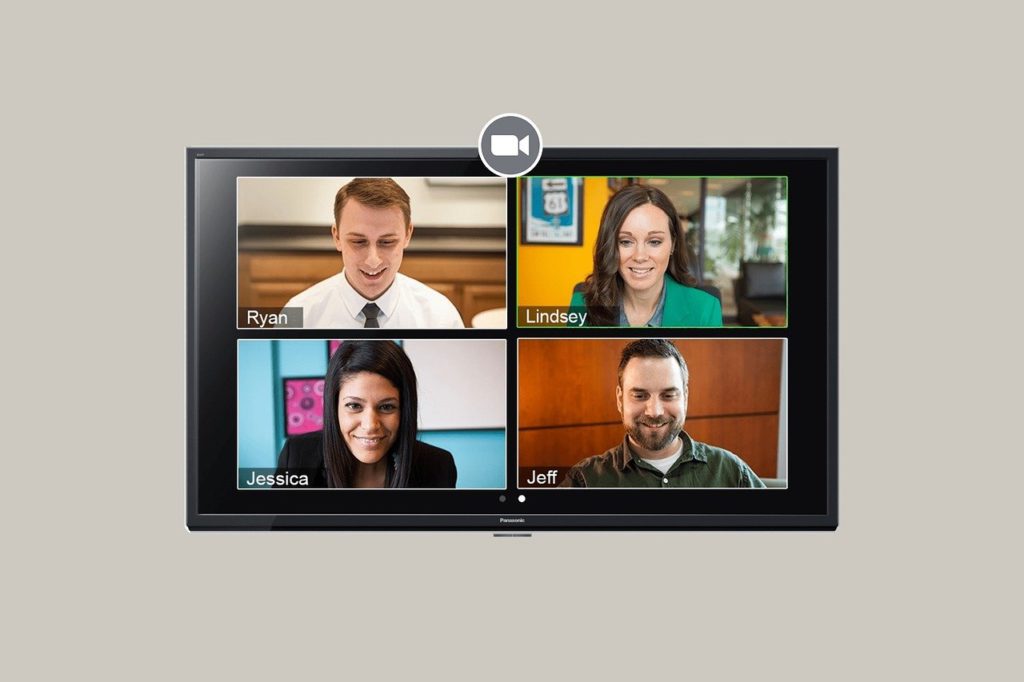Understanding what a persuasive speech is and learning how to create powerful presentations that persuade others can seem challenging. The primary goal is to motivate your audience to take action or align with a particular perspective. A persuasive speech goes beyond mere information dissemination; it’s a dynamic engagement that aims to influence and inspire.
But with the right approach, you can create a persuasive speech that’ll leave a skeptical audience enthusiastic to get on board with your company’s project.
What is a Persuasive Presentation?
At its core, a persuasive speech serves the purpose of convincing others to adopt the speaker’s point of view, support your cause, or take specific actions. To succeed in this endeavor, it’s essential to understand how to start a persuasive speech. The opening should captivate your audience’s attention, lay the foundation for your argument, and establish credibility with evidence to support it.
Persuasive presentations rely on spoken words, visual aids, facts, logic, empathy, story-telling, and more to help the audience accept new information and encourage a call to action.
Mastering the art of persuasive speech and crafting compelling presentations is no small feat. Equip yourself with the tools and techniques needed to command attention, convey authority, and leave a lasting impact. Join our presentation skills workshop and unlock your full potential as a persuasive communicator.
How to Plan a Persuasive Speech
Not sure how to persuade an audience?
Here are 5 ways you can create an effective presentation to persuade your audience:
1. Decide on a Single Task
Before diving into the art of persuasive speaking, it’s imperative to grasp the fundamentals. A persuasive speech is centered around a single, clear, and compelling focal point. This central message is the cornerstone of your persuasive communication.
Whether you’re a seasoned presenter or new to persuasive presentations, mastering the art of persuasive speaking is a valuable skill. So, how do you make a persuasive speech effectively? It all begins with choosing a persuasive speech topic, a captivating start, and a memorable conclusion. And, of course, the strategic use of persuasive speech and visual aids can take your presentation to the next level.
Focusing on too many things can lead to your audience losing interest, becoming confused, or rejecting your persuasive message altogether. Therefore, as you embark on your persuasive journey, keep your message focused, your presentation engaging, and your purpose clear.
2. Focus on Fewer (but more relevant) Facts
Ensure the message you’re trying to get across resonates with the audience. You can do this by researching the audience comprehensively and finding out how your company’s product or service can solve their problems.
While presenting, ensure you empathize with the audience and keep their unique concerns in mind.
3. Build a Narrative Around Your Evidence
Giving a persuasive speech tugs at the heartstrings of the audience.
What do we mean?
It’s not enough to just win over the audience’s brain – you need to get their hearts in it too! Fortunately, you can connect with your audience easily by sharing a personal story related to your organization and its product or service and by speaking passionately.
Your audience is only human, and a little bit of emotion can help you connect with your audience’s emotions. What truly matters is the clarity of your message, the strength of the evidence to support your argument, and the power of your persuasive arguments. Persuasive talking involves not only the words you choose but also your tone, body language, and ability to connect with your audience on a personal level.
4. Confidence Matters
Before the big day, ensure you’ve practiced your presentation a couple of times. This includes familiarizing yourself with the speech and visual components that will aid your presentation.
Rehearsing can help you deliver a speech to the audience smoothly and confidently. This is crucial since you don’t want to end up pausing a lot or saying “um” way too many times while presenting!
But remember not to memorize the entire thing – you don’t want to sound robotic. So, ensure you familiarize yourself with the entire presentation enough to deliver it organically on the day.
5. Prepare for Common Objections
While writing your speech, ensure you consider any concerns or objections the audience might have. After all, you don’t want to end up saying “I’m not sure” or “Let me get back to you” when a prospect asks you an important question. Not knowing the answers to crucial questions can make the audience think you’re unprepared or unconfident in your product or service.
As a result, you need to research the topic of your presentation thoroughly and prepare for common and uncommon questions or objections your stakeholders might pose. This will help you deliver an incredibly convincing and solid presentation.
So, whether you’re tasked with delivering persuasive speeches in the corporate world or any other context, understanding what persuasive speaking is and how to do a persuasive speech can be a valuable skill. It’s about conveying your ideas with conviction, influencing opinions, and ultimately inspiring action. With the right approach and strategies, you can create a type of persuasive speech that resonates with your audience, leaving them enthusiastic and eager to support your cause or project.
Are you still wondering: “What is a persuasive speech?”. Join our Executive Presentation Skills Training Workshop for a 1-day experiential session led by expert facilitators!










 To speak from a point of belief and conviction, it must be clear in your mind, as to the reason why you are speaking to this audience. You can ask yourself: a) why are you speaking to this audience of senior executives? and b) why should they listen to you? Once this is clear in your mind, it will trigger your mindset and support you to speak from a point of belief and conviction.
To speak from a point of belief and conviction, it must be clear in your mind, as to the reason why you are speaking to this audience. You can ask yourself: a) why are you speaking to this audience of senior executives? and b) why should they listen to you? Once this is clear in your mind, it will trigger your mindset and support you to speak from a point of belief and conviction. Answer the WHY Example: a) Every social advance has resulted from technological progress b) Industry 4.0 means huge opportunities and challenges for the financial sector Show the HOW Example: a) The global financial information platform will be based on cloud services and Big Data, and everyone will be more and more able to access the platform via apps on their mobile phones, anytime, anywhere. Prove your conclusion up front, it engages the audience.
Answer the WHY Example: a) Every social advance has resulted from technological progress b) Industry 4.0 means huge opportunities and challenges for the financial sector Show the HOW Example: a) The global financial information platform will be based on cloud services and Big Data, and everyone will be more and more able to access the platform via apps on their mobile phones, anytime, anywhere. Prove your conclusion up front, it engages the audience.



